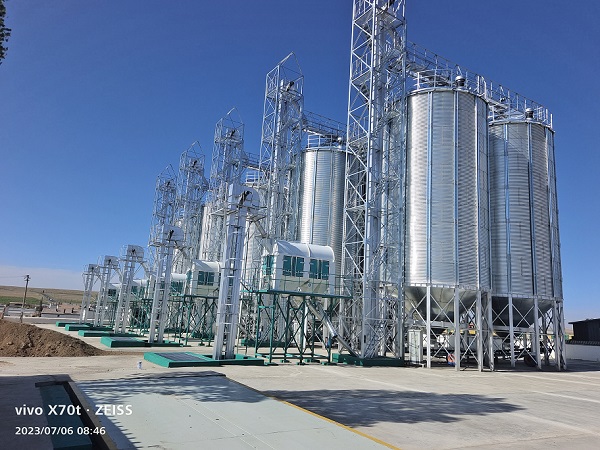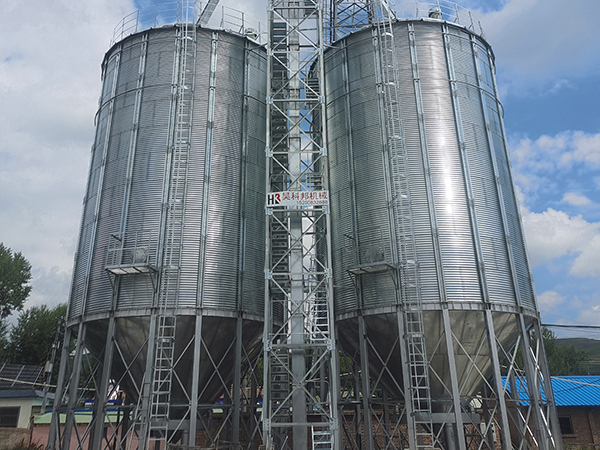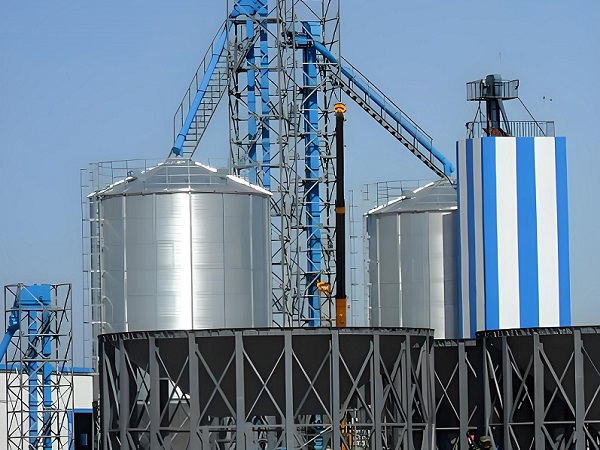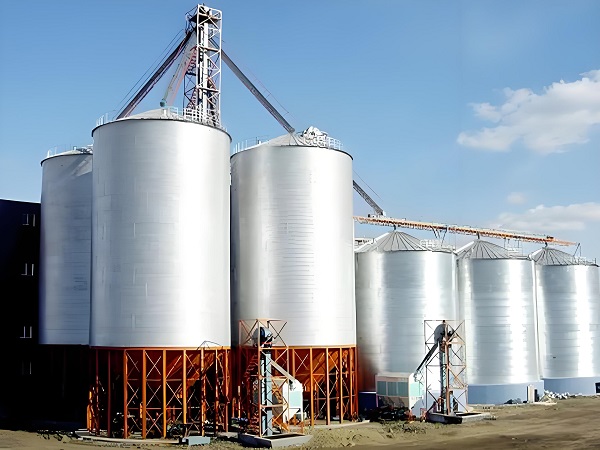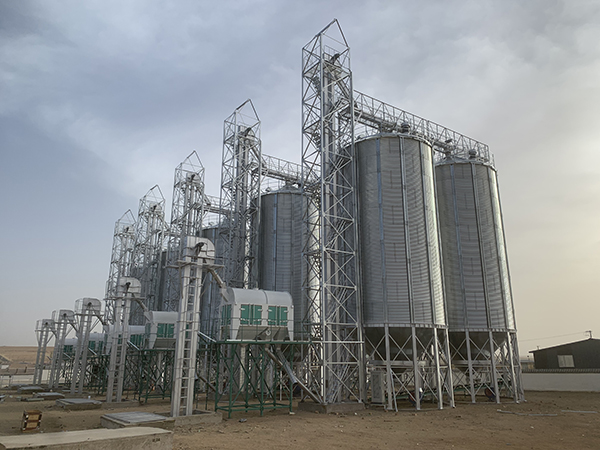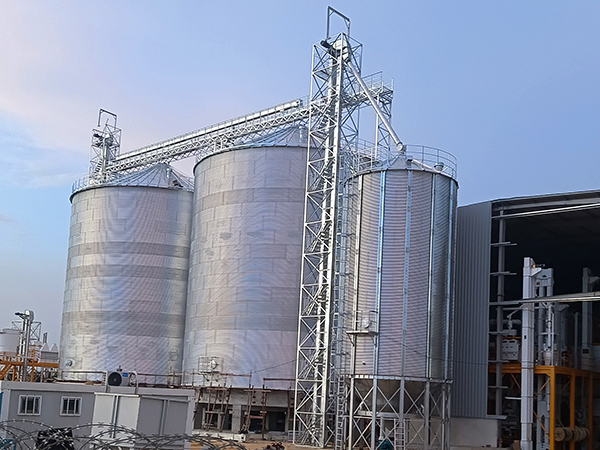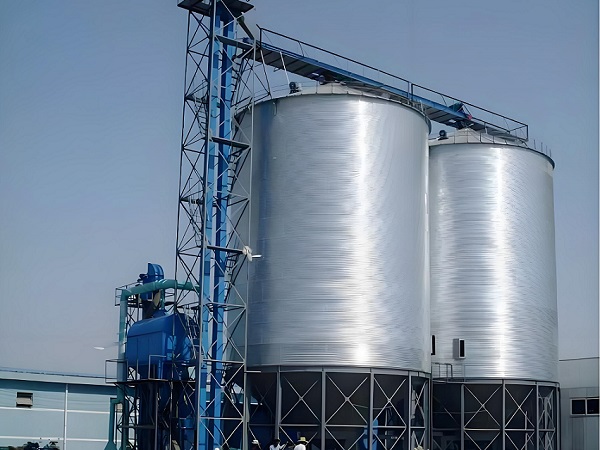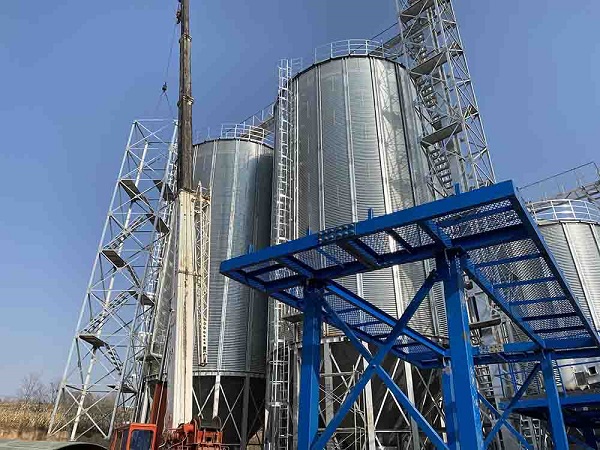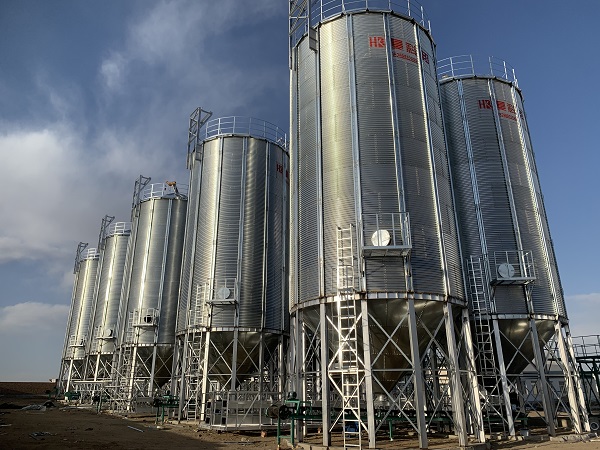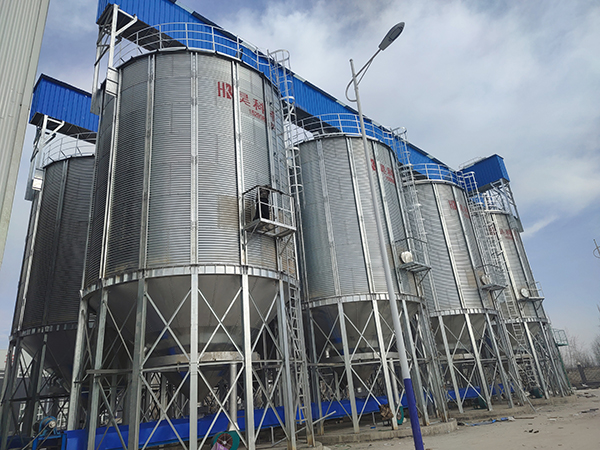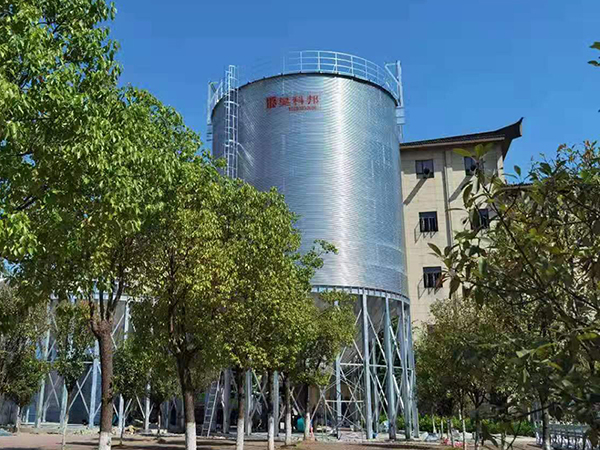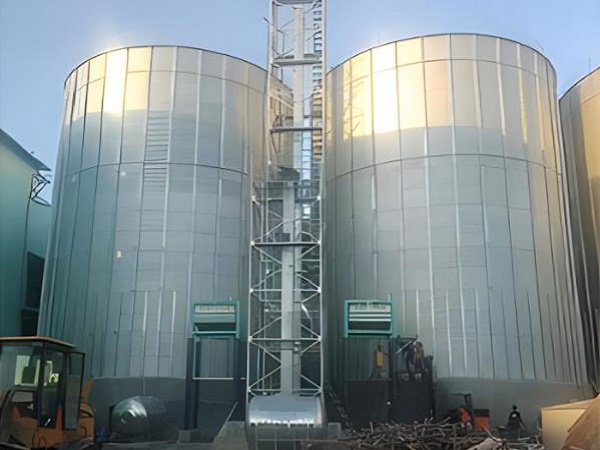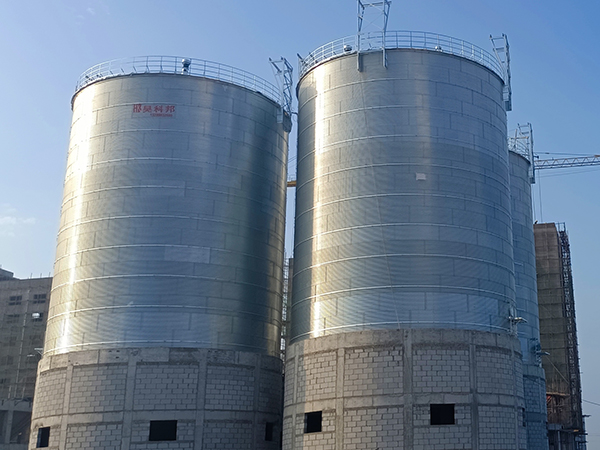rice silo
In global agriculture, rice, as a critical staple crop, requires effective storage management to maintain its quality and extend its shelf life. With advancements in technology and evolving demands in modern agriculture, Cone bottom steel rice silo have emerged as a preferred solution for efficient and stable storage.
In the grain storage industry, rice silos, as an efficient method of storage, are gaining increasing attention from agricultural businesses and individual operators. Through the rice silo franchising model, businesses and individuals can quickly enter this field, share brand resources, and achieve mutual benefits and win-win situations.
In the global food supply chain, rice, as a staple food, requires proper storage and management. Rice silo procurement is a crucial step in ensuring food security and improving storage efficiency, necessitating careful planning and meticulous consideration.
In the global food market, rice, as one of the main staple crops, requires effective storage and distribution. Rice silo wholesale serves as a crucial link in this process, ensuring efficient storage of grain and facilitating its movement from producers to consumers.
As global demand for food continues to rise, rice silo factories, as providers of grain storage solutions, are becoming increasingly important. These factories are not just production facilities; they are key supports for food security and supply chain efficiency.
In the rapidly advancing field of agricultural technology, rice silo companies are emerging as key players in ensuring food security and improving storage efficiency. These companies provide innovative solutions to help agricultural producers and businesses tackle the challenges of grain storage.
In the global food supply chain, rice silo supplier play a crucial role. They provide not only storage solutions but also ensure the quality and safety of the grain. With the continuous advancement of agricultural technology, the services and products of rice silo suppliers are also constantly developing and innovating.
In the agricultural economy, rice, as a staple food in many parts of the world, requires efficient storage and management methods to ensure food security and reduce costs. as an effective storage solution, have their Price of Rice Silo as an essential consideration for agricultural businesses and farmers.
Rice silos are pivotal in modern agriculture, offering capacity flexibility, environmental control, pest/fire safety, and ensuring food security and supply chain stability. They preserve rice quality and nutritional value, reinforcing their role in agricultural sustainability.

